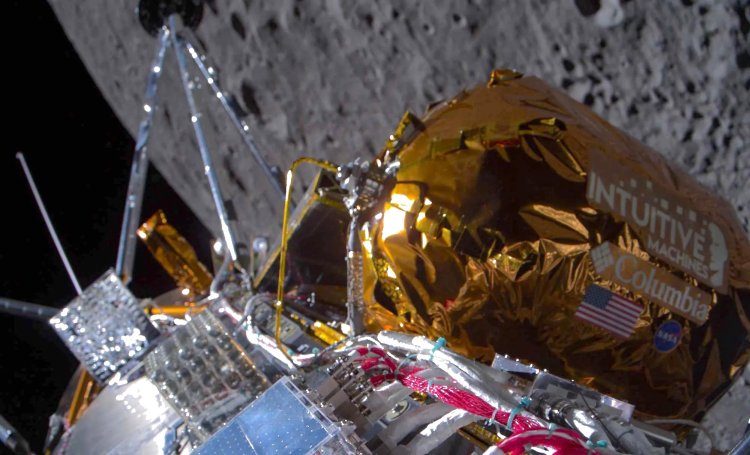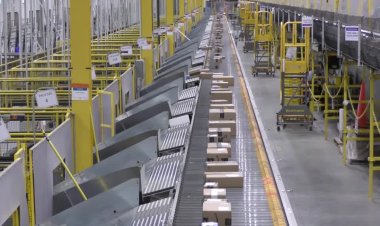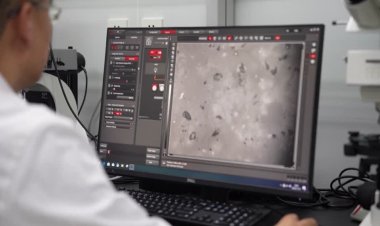first commercial outfit to put a spacecraft on the Moon

An American company has made history by becoming the first commercial outfit to put a spacecraft on the Moon.
Houston-based Intuitive Machines landed its Odysseus robot near the lunar south pole.
It took some minutes for controllers to establish that the craft was down, but eventually a signal was received.
"What we can confirm, without a doubt, is our equipment is on the surface of the Moon and we are transmitting," flight director Tim Crain announced.
Staff at the company cheered and clapped at the news.
It was an important moment, not just for the commercial exploitation of space but for the US space programme in general.
Intuitive Machines have broken the United States' half-century absence from the Moon's surface. You have to go back to the last Apollo mission in 1972 for an occasion when American hardware nestled down gently in the lunar soil.
The US space agency Nasa had purchased room on Odysseus for six scientific instruments, and its administrator Bill Nelson was quick to add his congratulations to Intuitive Machines for a mission he described as a "triumph".
Odysseus' ranging lasers, which were supposed to calculate the craft's altitude and velocity, weren't working properly.
Fortunately, there were some experimental lasers from Nasa on board, and engineers were able to patch these across to the navigation computers.
Odysseus touched down at 23:23 GMT. At first, there was no signal at all from the robot. There were plenty of nerves as the minutes ticked by, but eventually a communications link was made, albeit a faint one.
This led to some concerns about the status of the lander. Within a couple of hours, however, Intuitive Machines was reporting that Odysseus was standing upright and sending back data, including pictures.
Spaceships landing on the Moon have to navigate treacherous boulders and craters and, absent an atmosphere to support parachutes, must rely on thrusters to control their descent.















